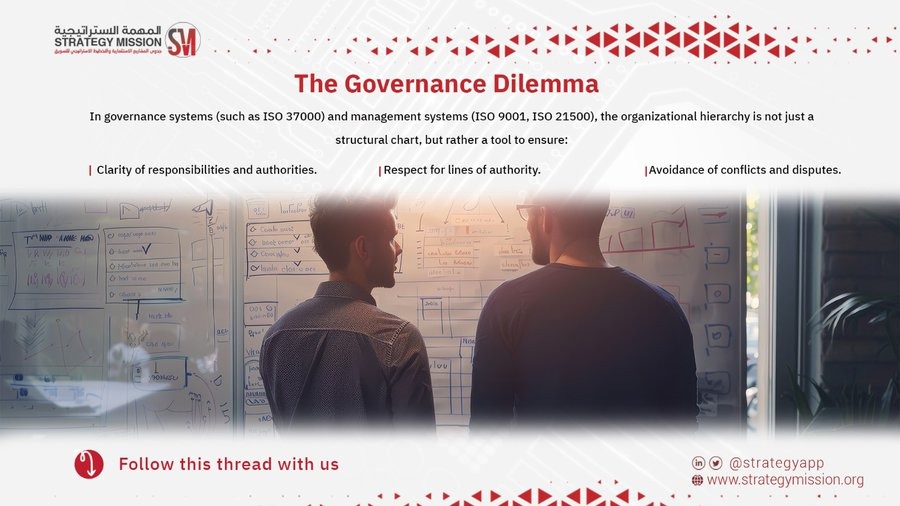🌐 A Common Workplace Scenario
Imagine you’re working on your daily tasks, and suddenly your “manager’s manager” or a higher-level executive gives you direct instructions.
Your direct manager has no idea—and if they find out, they might get upset or even block the task to assert that “orders only flow through me.”
Now you’re stuck:
If you follow the senior manager’s instructions → you risk losing your direct manager’s trust.
If you ignore them → you risk losing credibility with upper management.
🎯 The Governance Perspective
In governance frameworks (such as ISO 37000) and management systems (ISO 9001, ISO 21500), organizational hierarchy isn’t just a chart—it’s a tool to ensure:
Clear roles and responsibilities.
Respect for authority lines.
Avoidance of conflicts and contradictions.
💡 A Smart Best Practice to Protect Yourself While Respecting Everyone:
1️⃣ Respond politely to the higher-up:
Thank them for their trust and take note of the instructions. Don’t reject or debate on the spot.
2️⃣ Immediately involve your direct manager:
Inform them: “Mr. X just asked me to do this, and I wanted to let you know before starting so we can align priorities.”
🔹 This way, you acknowledge your manager’s authority and make them responsible for handling alignment with the higher-up.
3️⃣ Align priorities wisely:
Your direct manager is the one who reorganizes priorities and escalates when needed. You step out of the conflict zone while maintaining professionalism.
✅ The Bottom Line
A smart employee acts in line with governance principles:
Responsive to instructions.
Inclusive of their direct manager.
Respectful of organizational hierarchy.
This protects you from power struggles and positions you as a professional who balances accountability with results.
For governance consulting and ISO certification support Click Here





No comment